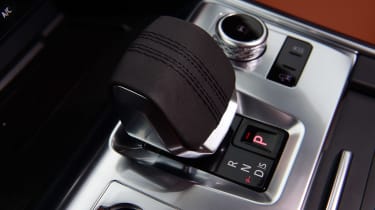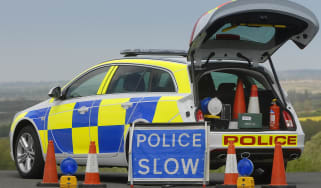Jaguar XF saloon - Reliability & safety
The Jaguar XF boasts all of the latest safety technology but owners rated it poor for reliability
The last time the Jaguar XF appeared in our Driver Power owner satisfaction survey was in 2020, when it finished 47th out of 75 best cars currently on sale in the UK. Of the owners who responded, 22.9% reported experiencing a problem with their car at least once in the first 12 months, with interior and exterior trim the most common issues.
Owners were most pleased with the acceleration, driving experience and smooth gear changes but criticised the reliability glitches, rear legroom and forward visibility.
Jaguar performed very well in our 2022 brand survey finishing sixth out of 29 manufacturers. Overall, however, 40.35% of owners reported one or more faults with their cars in the first year of ownership, which is very worrying, and doesn’t bode well for reliability. Hopefully, most of these issues were for small glitches that didn’t affect the car’s ability to drive.
Safety
The latest Jaguar XF was crash-tested by Euro NCAP at the end of 2015, when it achieved the full-five star rating. It scored 92% in the adult occupant category and 84% in the child occupant category. Pedestrian safety was rated at 80% thanks to a ‘pedestrian-sensing’ system that uses pressure sensors in the front bumper to detect an impact with a person and raise the car’s bonnet to reduce the severity of injuries suffered in this type of collision. Safety assist systems were rated at 83%. If the car is involved in a crash severe enough to trigger the airbags, the infotainment system will automatically notify the emergency services and send them the car’s location.
More reviews
The XF boasts a wide range of standard and optional safety systems designed to help prevent you having a collision in the first place. Autonomous emergency braking (AEB) can detect if a collision with the car in front is imminent and apply the brakes to avoid or mitigate it, while a lane-departure warning system lets you know if there’s a car in your blind spot when you’re about to change lanes.
Optional lane-keeping assistance, will help steer the car back into its lane if it starts to drift. There’s also a system to detect if you’re getting drowsy behind the wheel and prompt you to take a break, as well as a gadget that reads traffic signs and displays them in front of you in case you missed them.
All-Surface Progress Control can take over acceleration and braking to help you get going on slippery surfaces. Also optional is a laser head-up display that projects your speed and sat-nav directions onto the windscreen, reducing ‘distracted driving’ and enabling you to keep your eyes on the road. Finally, adaptive cruise control will maintain a safe distance to cars ahead on the motorway, and can also keep you moving automatically in stop-start traffic, moving off and braking as appropriate.













